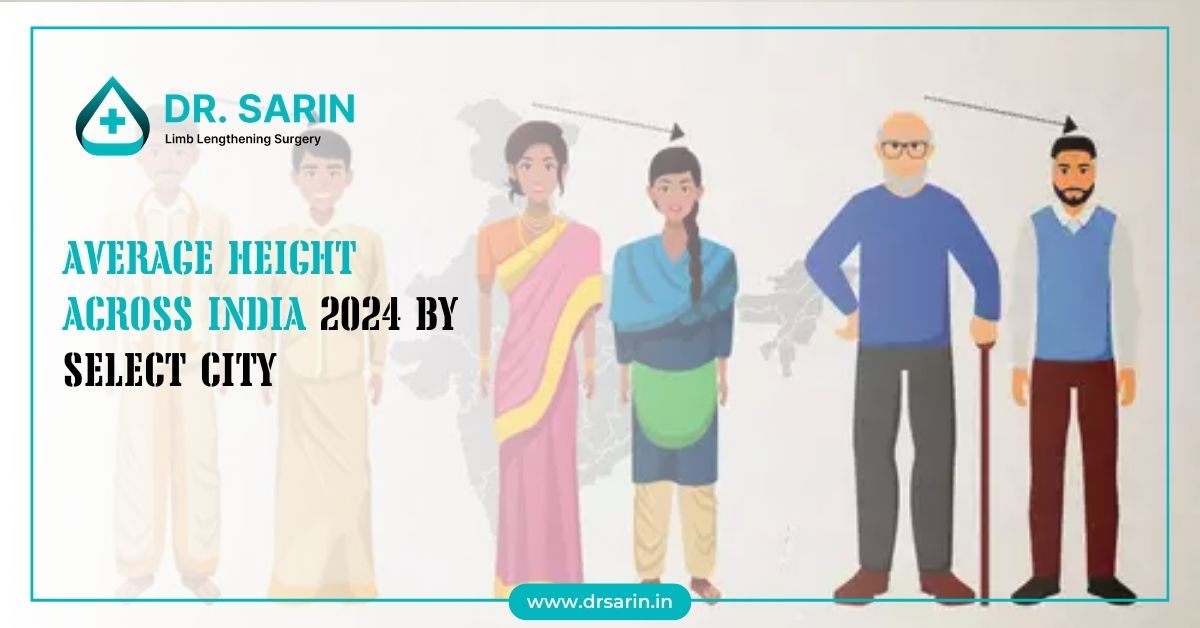Achondroplasia is a common cause of dwarfism, characterized by specific physical features and medical conditions. Understanding this genetic disorder is crucial for providing appropriate care and support to affected individuals and their families. This article overviews achondroplasia, its causes, symptoms, diagnosis, treatment, and more.
What is Achondroplasia?
Achondroplasia is a genetic disorder that affects bone growth, leading to dwarfism. Individuals with achondroplasia have a normal-sized torso but shorter limbs, particularly the upper arms and thighs. The condition results from mutations in the FGFR3 gene regulating bone growth.
What is the Difference Between Achondroplasia and Skeletal Dysplasia (Dwarfism)?
Skeletal dysplasia is characterized by abnormal bone growth and development, leading to short stature. Achondroplasia is the most common type of skeletal dysplasia. While all individuals with achondroplasia have skeletal dysplasia, not all skeletal dysplasia cases are achondroplasia.
Is Achondroplasia Hereditary?
Achondroplasia is usually inherited in an autosomal dominant manner, meaning only one copy of the mutated gene is required for the condition to develop. However, most cases (about 80%) result from new mutations where neither parent has the condition. A parent with achondroplasia has a 50% chance of passing the gene to their child.
How Many People Are Affected with Achondroplasia?
Achondroplasia occurs in approximately 1 in every 15,000 to 40,000 live births worldwide. It affects males and females equally and is found in all ethnic groups.
How Does Achondroplasia Affect My Child’s Body?
Achondroplasia primarily affects the growth of long bones, resulting in shorter arms and legs. Other physical characteristics include a giant head with a prominent forehead, mid-face hypoplasia (underdeveloped mid-face), and a curved spine. These features can lead to various medical complications, such as breathing difficulties, obesity, and spinal stenosis.
Symptoms and Causes
Symptoms of achondroplasia include:
- Disproportionately short stature
- Short arms and legs, particularly the upper arms and thighs
- Large head with a prominent forehead
- Flattened bridge of the nose
- Bowed legs
- Limited range of motion at the elbows
- Trident hand (short fingers with an extra space between the middle and ring fingers)
The primary cause of achondroplasia is a mutation in the FGFR3 gene, which affects bone growth and development.
Diagnosis and Tests
Diagnosis of achondroplasia can be made through:
- Physical Examination: Observing the characteristic physical features.
- Genetic Testing: Confirming the presence of FGFR3 gene mutations.
- Prenatal Testing: Ultrasound can detect shortened limbs and other features, and genetic testing can be performed on fetal DNA obtained through amniocentesis or chorionic villus sampling.
Management and Treatment
While there is no cure for achondroplasia, management focuses on addressing complications and improving quality of life. Treatment options include:
- Surgical Interventions: Correcting bone deformities, decompressing spinal stenosis, and other necessary surgeries.
- Physical Therapy: Improving mobility and strength.
- Medications: Addressing complications such as pain and obesity.
Prevention
Since most cases of achondroplasia result from new mutations, no known prevention exists. Genetic counselling can help prospective parents understand the risks and implications if there is a family history of the condition.
Outlook / Prognosis
With appropriate medical care and support, individuals with achondroplasia can lead fulfilling lives. Lifespan is typically average, although regular monitoring and treatment of complications are essential.
Living With
Living with achondroplasia involves ongoing medical care, physical adaptations, and social support. It’s important to foster an inclusive environment encouraging participation in various activities and providing emotional and psychological support. Engaging with support groups and organizations can also benefit individuals and their families.
Achondroplasia presents unique challenges and requires a comprehensive approach to care. Understanding the condition and accessing the right medical and social support can significantly enhance the quality of life for affected individuals.




